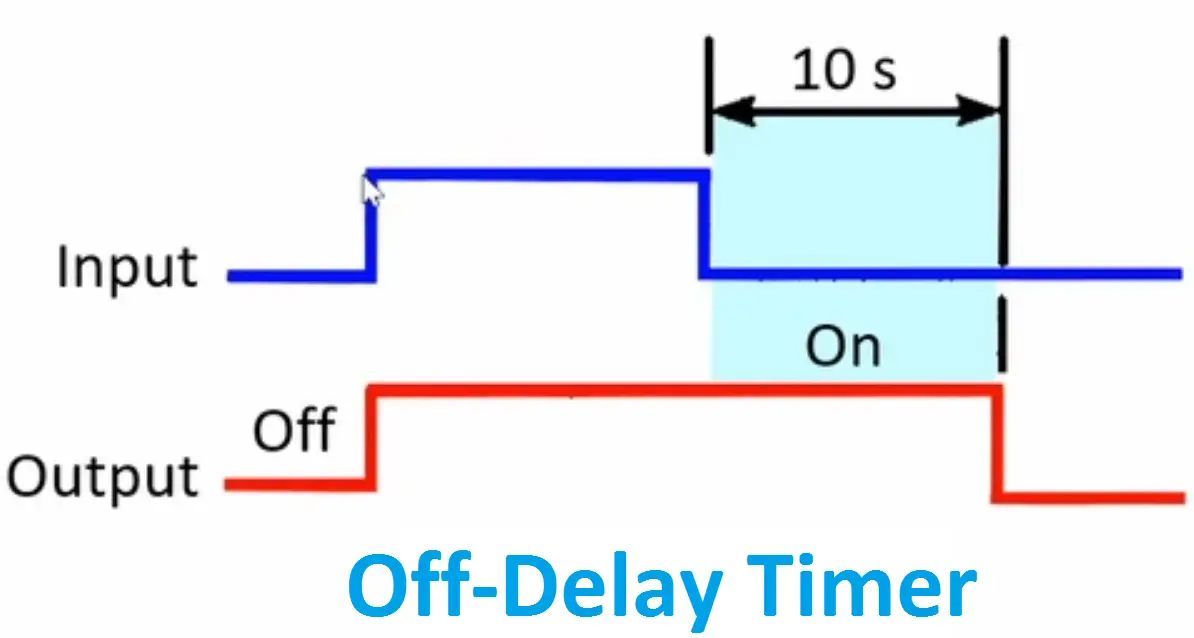

Unlike mechanical hard drives that tend to die from physical wear and tear, SSDs and NVMe drives-barring a blown electrical component or something catastrophic-die from eventually exceeding their Terabytes Written (TBW) rating. SSD drive health (including NVMe drives, which also use solid-state memory) is almost entirely focused on lifetime read/write data. tests for mechanical hard drives include data points for things related to the moving parts of the drive and the effect of motion on them (number of times the drive has spun up, failed to spin up, experienced shock or sudden stoppage, and so on). tests on different types of drives is what the tests measure. The biggest thing to remember when running S.M.A.R.T. In fact, while you can deep dive into the individual attributes if you’re so inclined, you don’t need to do so to use the tools and get actionable feedback on the health of your SSD or old HDD. attributes is a bit geeky and the output is a bit arcane, but fortunately, there are tools that make it easy to check the data and interpret it.

TestĬhecking a hard drive or SSD’s S.M.A.R.T.

HARD DRIVE POWER ON TIME HOW TO
How to Check Your SSD’s Health with a S.M.A.R.T. data includes a wide range of information like error rates, operating time, data written and read, and so on. attributes are a list of data points written to a memory chip on your hard drive, much like engine codes and such are written to a diagnostic log in your car. Whether you’re worried about a traditional HDD acting oddly or you’re just want to check the health of your SSD, it’s the best place to start. (Self-Monitoring, Analysis, and Reporting Technology) attributes. Attributes Out of Rangeįinally, one of the best metrics you can look at regarding the health of your drive are the S.M.A.R.T. You can’t avoid bad sectors entirely, but if they increase in number, you should be concerned. Logical bad sectors are software-based, where your operating system determines that a particular hard drive sector is not behaving as expected. Physical bad sectors are caused by actual physical damage to the hard drive. An Increasing Number of Bad Sectorsīad sectors come in two forms, physical and logical. If you’re saving files only to find them corrupt when you open them next, it’s time to investigate. Except for instances like your computer crashing during a file save because of a power outage (without a UPS to keep it on), you shouldn’t be experiencing file corruption or missing files. Saving and accessing files on your computer should be a smooth and reliable process. While you’re at it, be sure to take some basic steps to increase performance so you can rule out other issues beyond disk problems.
HARD DRIVE POWER ON TIME FULL
In laptops,the HDD is located beside the trackpad(usually) so you can feel the heat/vibration but if you want to be sure that it is in idle state/not spinning you could open task manager and in the performance tab you can select the hard disk graph and see the data given below,if you see that there is 0kbps read/write or anything less than 1kbps or if you see the active time less than 2%,you can say that it is not spinning.If your computer is acting sluggish in a way that can’t be explained by aging hardware, overly full storage, viruses, or excessive apps running, it’s worth looking at both your primary hard drive (the one your operating system is running off) and at any secondary drives you’re using for games or apps.
HARD DRIVE POWER ON TIME WINDOWS
You can’t shutdown a drive completely unless you have don’t have your windows installed in it because then windows would shutdown as well.īTW, how can I tell if an HDD is spinning or not besides listening with my ears (no HDD light, of course)? Power-on time is bound to increase as it is still in non-spinning/idle state so it needs some power to be ready for use.(HDD’s take a small amount of time to start up from a switched off mode,so it is better to keep it super low on power to save time,doing the same is power efficient as well)Windows is doing it’s job correctly as it is “shutting it down” by putting it into idle state when not in use(read the settings properly,it says only when not used for 20 minutes). Yes,It is true as they are programmed to run in idle /non-spinning state when not in use but they are still powered on so that they can be ready to use when required.This also helps in power saving thereby helping with just a tiny bit of battery life as well.Īlso, I find the power-on time increases as long as my laptop is on, though I did have the "shut down the hard disk after 20 minutes" setting in win10. No,you cannot predict an HDD’s lifespan depending on the power-on time.īut someone says new HDD will keep power-on but not spinning when it's idle. I used to judge an HDD's lifespan by its power-on time.


 0 kommentar(er)
0 kommentar(er)
